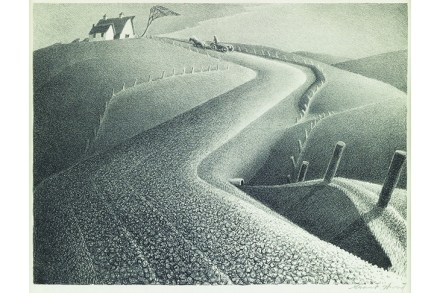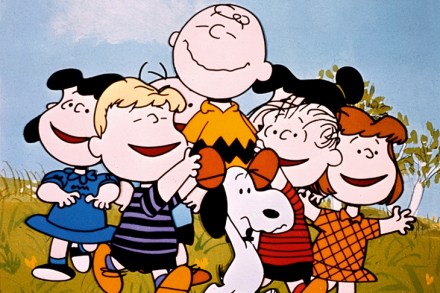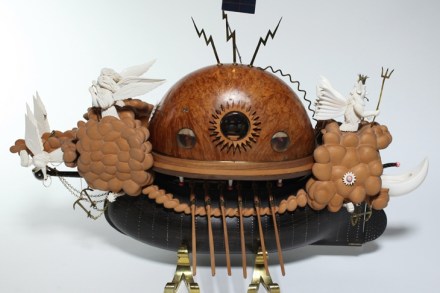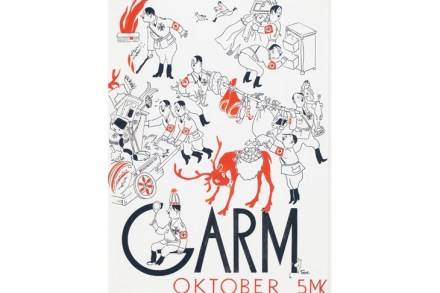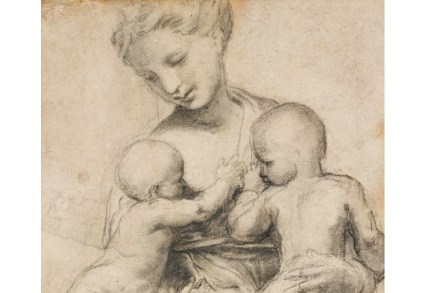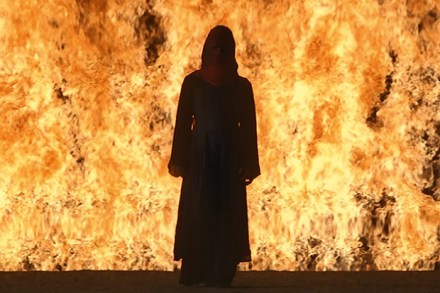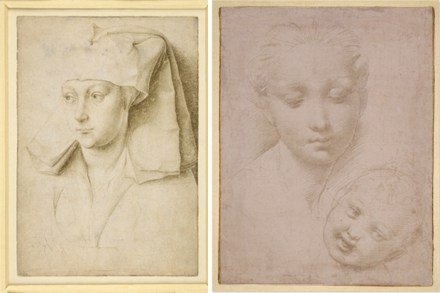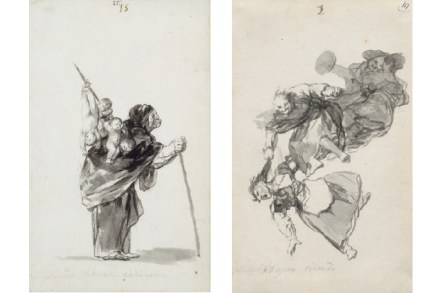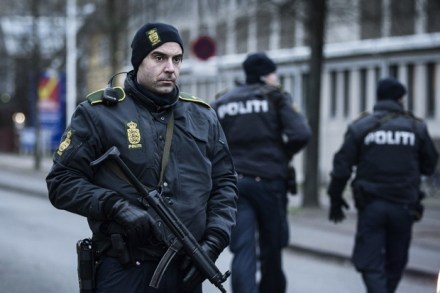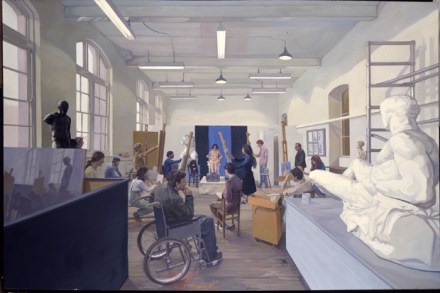Fine prints
Artists’ prints have been around for almost as long as the printed book. Indeed, they have similar origins in Gutenberg’s invention of the printing press and the boom in book and paper production that followed. Consequently, although the art dealer Bernard Jacobson has been around for quite a while — his gallery celebrated its 50th anniversary this year — and began as a print publisher, he arrived on the scene rather too late to have acted for Albrecht Dürer in person. Nonetheless, and for good reasons, it is with Dürer that he begins his current exhibition, Prints I wish I had published. Dürer was the first great artist to achieve
